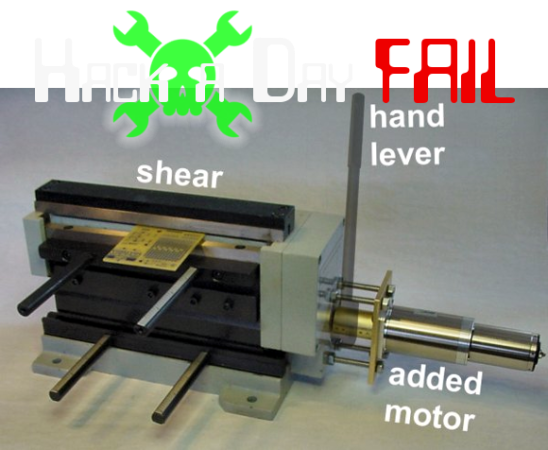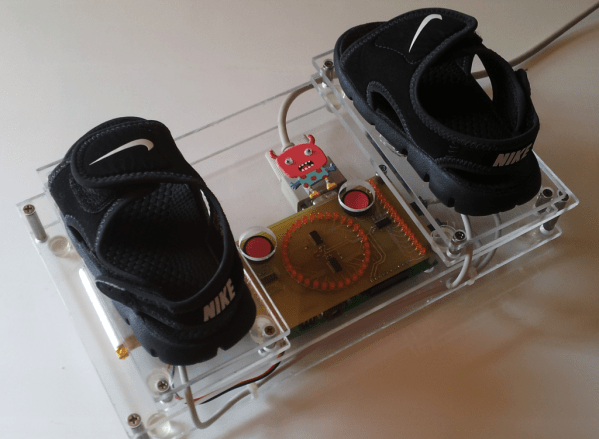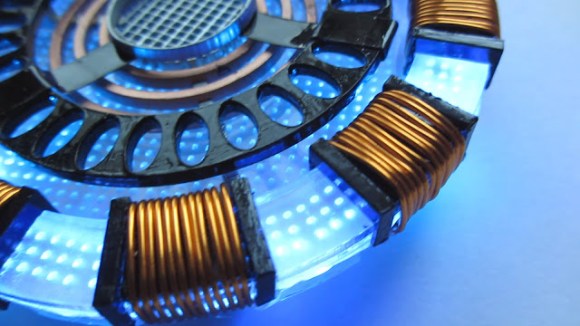
We’re not sure if this was some type of corporate team building, but if it was sign us up for the next one. [Filipp], [Saluka], and [Michael] participated in a recent 24-hour hackathon hosted by Microsoft. They whipped up this labyrinth game controlled by a Nexus 4 Android phone.
This thing looks so well crafted we’re shocked that it’s a 24-hour build. Just putting together the walls of a maze that size takes some time. They then mounted it in a gimbaled frame which tilts the using servos. Check out the demo video below to get a look at the underpinnings. There are several elastic bands connecting the base to the maze. These act as shock absorbers to help keep the movement smooth and to prevent any oscillations from the frame flexing. For us this is an important design element that we’ll keep in mind (just in case we need to win another competition by designing a labyrinth).
An Arduino controls the servos, using Bluetooth to communicate with the phone. The team mentions some filtering used to help make the user experience more natural but we didn’t see many details on this aspect of the hack.
Continue reading “24-hour Hackathon Produces Respectable Accelerometer Labyrinth”

















